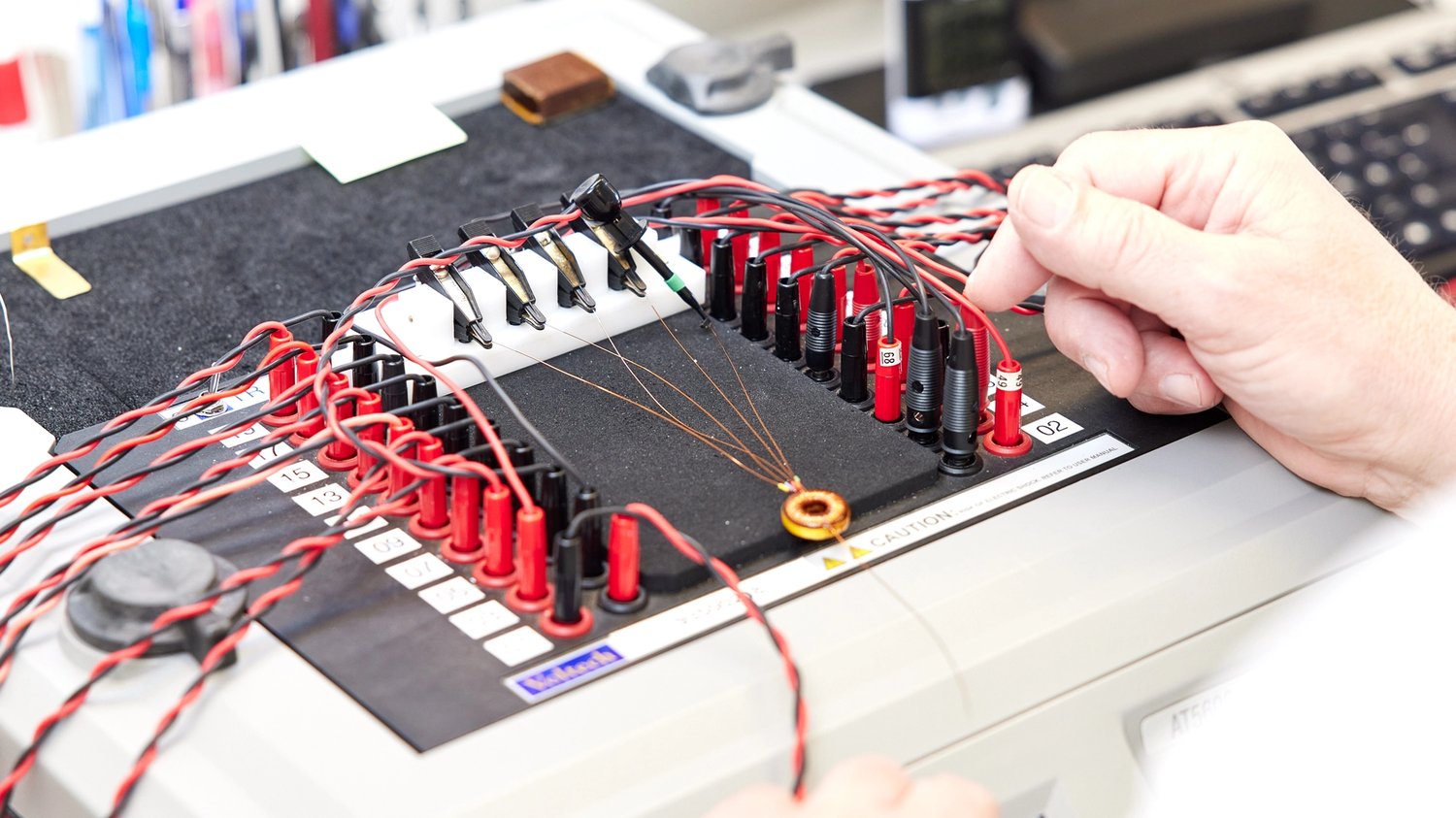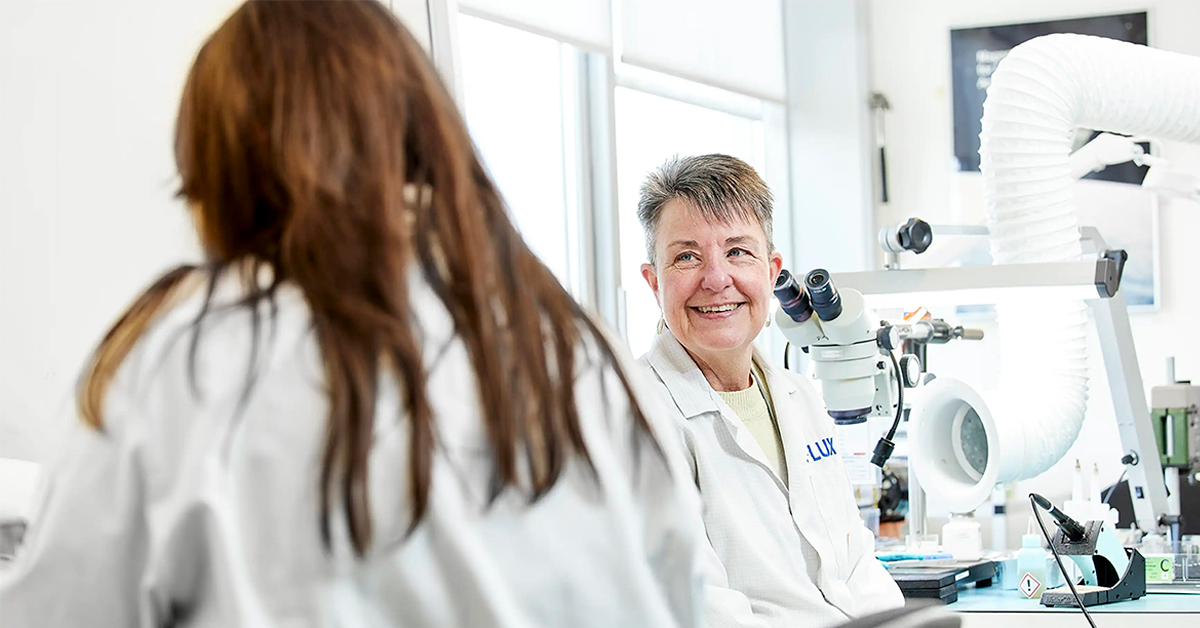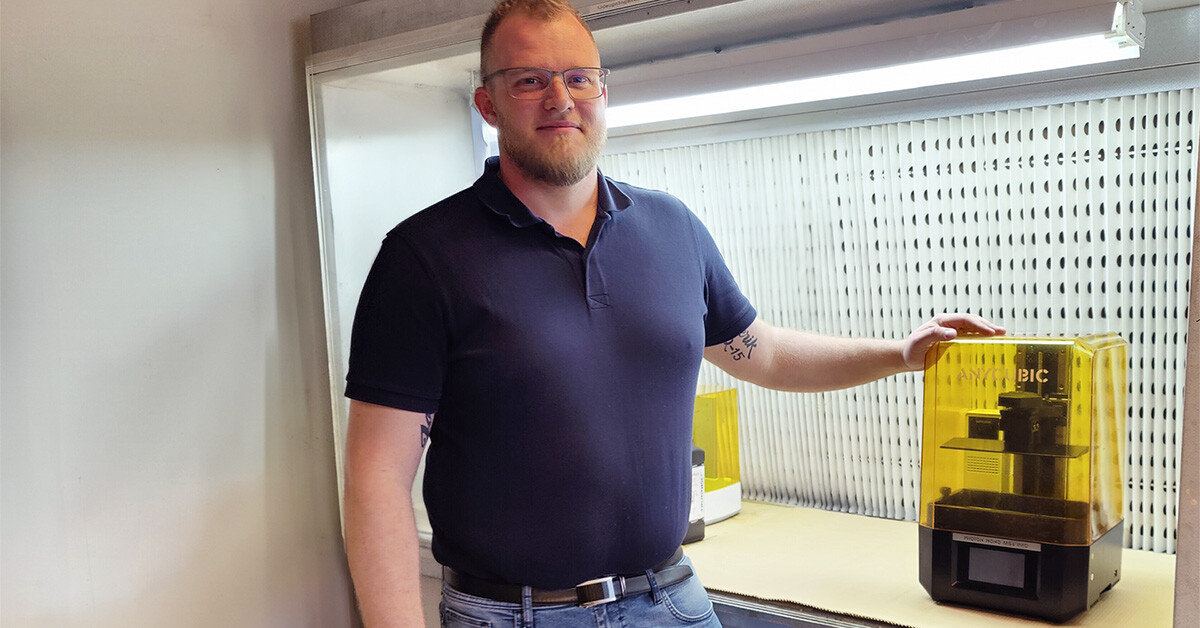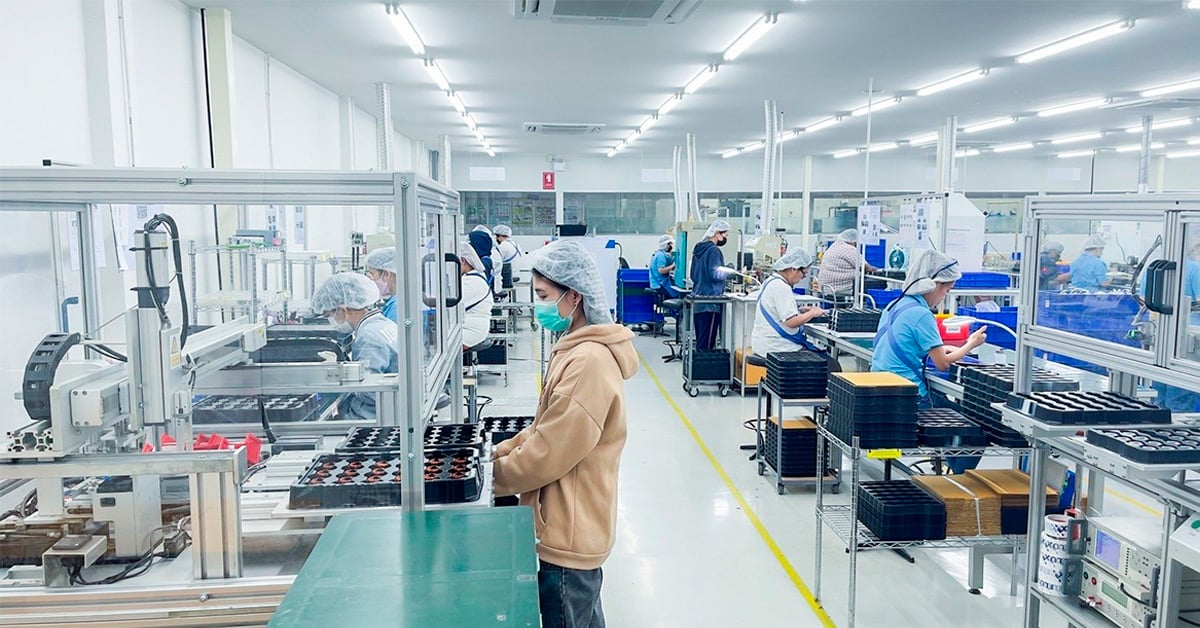A sneak peak into our space production
We are washing, winding, mounting, proofing, and controlling. Our dedicated team goes through these primary procedures each time we produce...

The first step of our manufacturing process always kicks off with a dynamic synergy between our design engineers in Denmark and our production engineers in Thailand. Both departments investigate the project and design the best possible solution for the project at hand to ensure that the solutions we offer our customers are realistic and optimal, have a short production time, and have realistic costs. All these insights are boiled down into a component-prototype, that is thoroughly tested to ensure that the component meets the design and production expectations.
By prototyping our components before initiating production, we can test if they work as desired and if they can be manufactured in an efficient way. This is a crucial step in our line of work as it helps us to identify potential issues and fine-tune what works. This approach prevents you from investing in faulty electromagnetic components, saving both time and resources.
Prototyping is the best way to assess the performance of a component. When you have a physical prototype, it presents a better and easier way of adjusting the subject instead of spending hours trying to predict possible outcomes.
We have done it many times before, and there is no doubt that this is the best way to assess a component and prepare it for production.

Raw material suppliers are an important asset in the production of your electromagnetic components. It’s crucial that your components are made from the right materials to ensure that they work as intended. To keep pace with increased production needs, it’s important to make sure, that materials can be obtained in time.
Often, customers have their own raw material suppliers that they prefer to use. While this is a great asset to have, we always examine whether the delivery- time and costs can be improved, using some of our raw material suppliers.
Flux has an extensive network of raw material suppliers that have all been guaranteed in terms of quality, costs, certainty in terms of delivery, and ethical sourcing. Our network of raw material suppliers, guaranteed in quality and reliability, ensures timely material supply. This flexibility not only keeps us on track with deadlines but also cuts production costs, ultimately benefiting our customers.
Our components face extreme conditions, from temperature variations to vibrations, humidity, and mechanical shock. Whether they are intended for the automotive-, renewable energy- or a third industry, our components need to be tested and exposed to extreme environments to ensure that they are ready to be implemented in the construction that they are intended for. If your manufacturer fails to test the components properly, it may have costly and time-consuming consequences.
As a typical approach, electroengineers often test the components to see if the standardized 5-6 parameters are met on the magnetic part of the components. At Flux, we investigate a much wider range of parameters as well – as they are just as important. This is particularly important due to the rough environment that the electromagnetic components are exposed to. Therefore, we always ask our customers if they have taken the placement of the component into consideration already. If not – we ask the necessary questions to consider the component's placement, use, and environment before planning the production.

Testing your components is the best way to guarantee that they can withstand the resistance they will experience in the construction. As previously mentioned, industries like automotive- and renewable energy have certain standards that are particularly strict.
At Flux, we can test and qualify our components according to the AEC-Q200 qualification before shipping our components to our clients. AEC-Q200 is the global standard for stress resistance and a qualification stamp that all passive electronic components must meet if intended to be used within industries such as the automotive industry.

It is hard to describe in words, just how important our design process is when working with electromagnetic components. We design components that are easy to manufacture and therefore less costly, and we make sure that they are bespoke and adapted to the exact needs of our customers and their constructions. This not only serves as a high-quality feature, but it also makes the entire process more facilitated.


We are washing, winding, mounting, proofing, and controlling. Our dedicated team goes through these primary procedures each time we produce...

At Flux, being on the technological front foot is paramount. Not only do we employ technology to overcome the obstacles of today, but we are...

As a result of constantly rethinking how we do business to improve our product outcomes and internal work procedures, we have expanded our production...